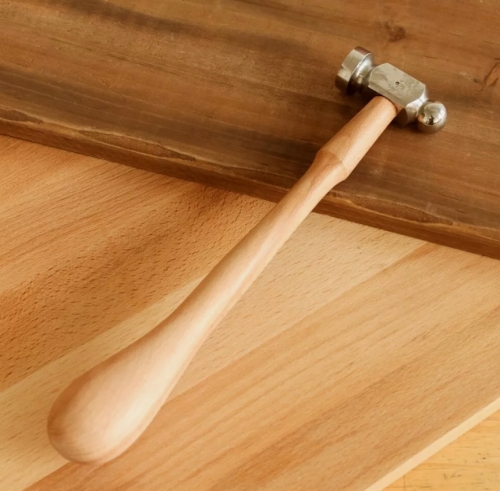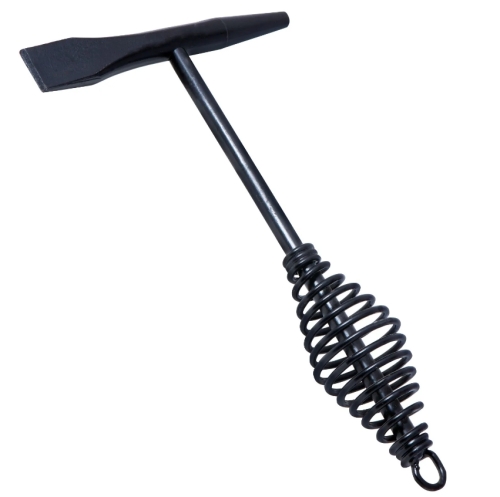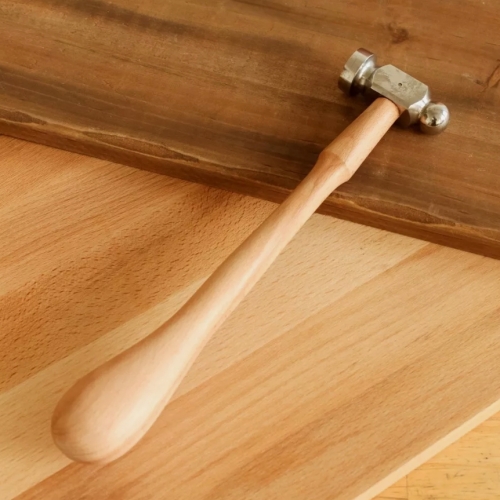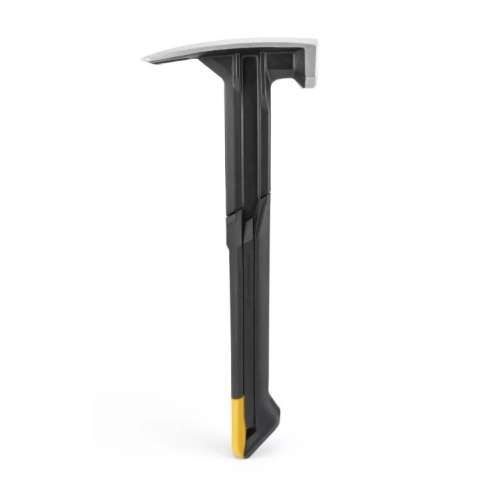Hammer, a simple but powerful tool, has witnessed countless great creations along with the development of human civilization. As a traditional hand tool, hammer has become an indispensable assistant in all kinds of construction, repair and artistic creation with its unique physical principle and wide applicability.
The structure of the hammer is usually relatively simple, mainly composed of two parts: the hammer head and the hammer handle. The hammer is generally made of metal, with high density and hardness, so that the energy can be effectively transferred to the target at the moment of applying force. The hammer handle is generally made of wood or composite materials to ensure that when used, it can not only provide a good grip, but also effectively absorb part of the impact and reduce the fatigue of the hand.
Hammers are widely used in the field of construction and repair. Whether it is hammering nails, smashing objects, or adjusting the position of objects, the hammer can play an irreplaceable role. On construction sites, workers often need to use hammers to complete the construction and dismantling of various structures. Its strong hammer head and flexible operation mode make the hammer an important tool for improving work efficiency.
In addition, hammers also play an important role in artistic creation. Sculptors use hammers to carve stone, and carpenters use hammers to achieve fine craftsmanship in the processing of wood. Whether it's raw power or subtle skill, hammers help artists turn their ideas into actual works. This simple tool is not only a medium for creation, but also a carrier for the expression of artists' emotions and thoughts.
















